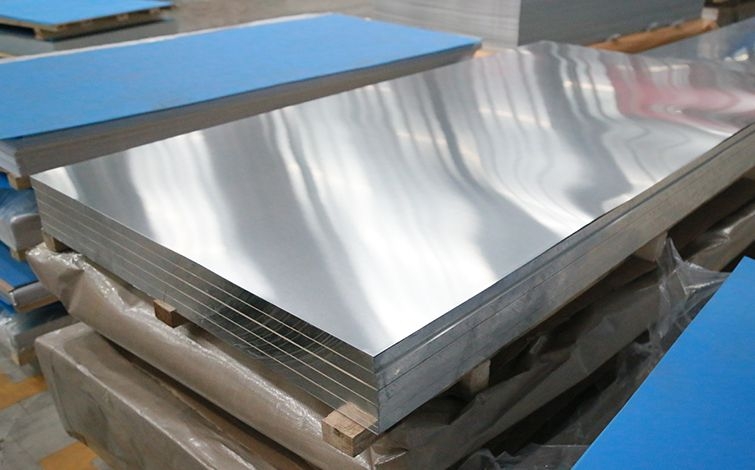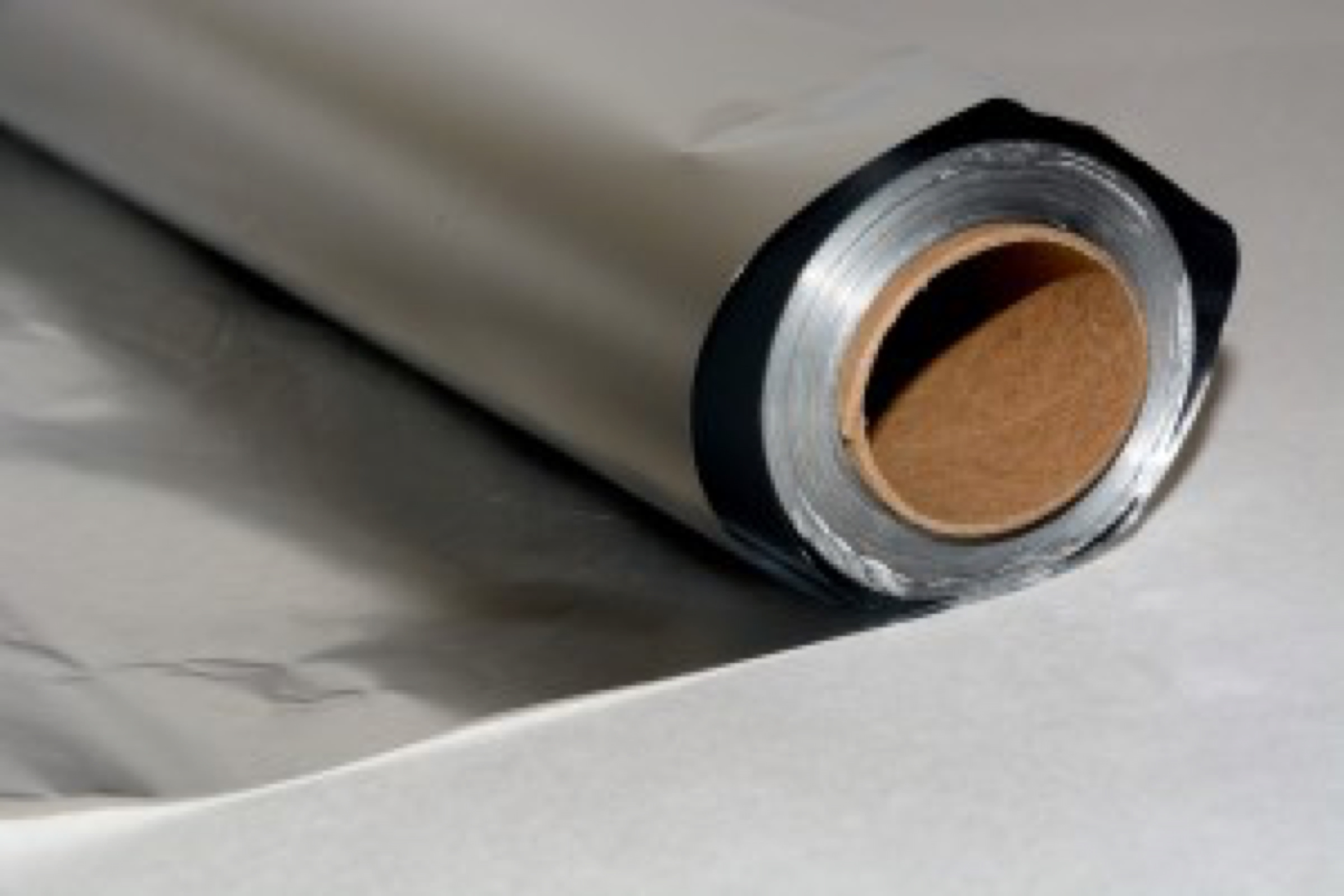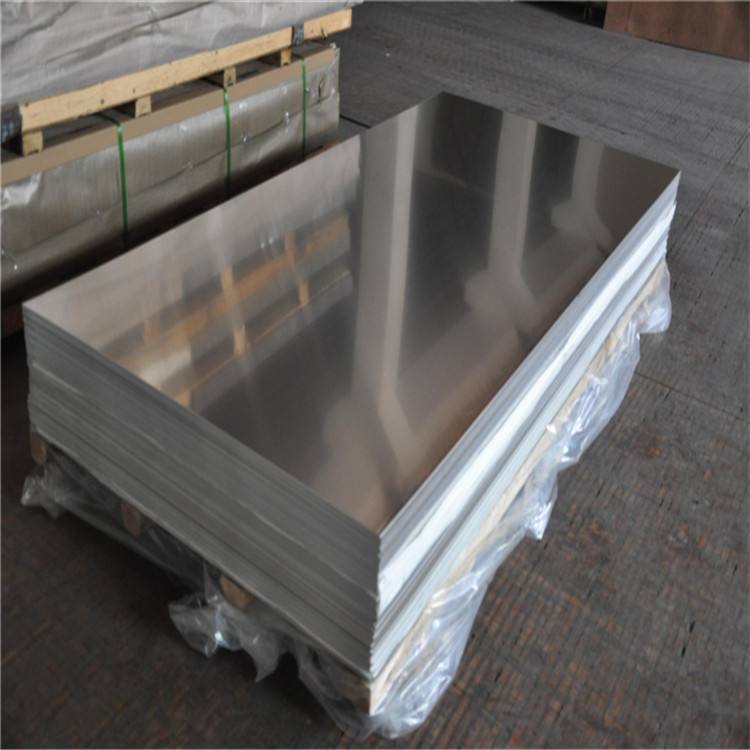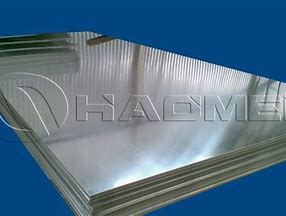



Heat treatment process of cast aluminium alloy
Usually the castings of cast aluminium alloys are complex in shape, uneven in thickness, coarse in grain size and serious in segregation, so they need to be properly heat treated before they can be used normally. The usual heat treatment processes are annealing, quenching and ageing and stabilisation tempering. The purpose of heat treatment for cast aluminium alloys is: to eliminate the internal stress of the casting; to eliminate casting segregation and change the shape of the needle-like composition in the alloy organization; to improve the mechanical properties of aluminium alloys; to stabilize the size, organization and performance of the parts at high temperatures; and to improve the machinability of the casting.
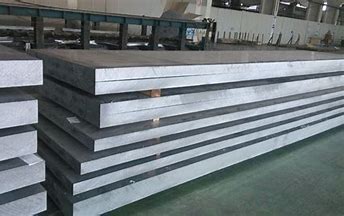
① annealing: in the special aluminium alloy annealing furnace, room temperature loading furnace to 280 ~ 300 ℃, according to the thickness of the castings and the size of the loading furnace and the form of placement, a reasonable determination of the holding time, generally 2 ~ 3h, you can complete the annealing process, followed by a power failure to open the furnace door will be scattered in the cooling table air-cooling, is strictly prohibited to pile up.
② quenching and aging: taking into account the casting aluminum alloy contains more impurities, the organization is not uniform and will appear low melting point eutectic organization, so the quenching heating temperature is lower than the temperature of maximum solubility. Quenching heating temperature is generally 500 ~ 535 ℃, lower than 350 ℃ loaded furnace, should be slowly heated, holding time in 2 ~ 20h, taking into account to prevent the deformation of complex parts cracking, casting aluminum alloy should be in 80 ~ 100 ℃ water cooling. In the choice of quenching temperature, take into account the influence of the above factors to avoid overheating or over-burning. The purpose and role of aging Aite trade editor has been introduced earlier, it is divided into complete aging and incomplete aging two, should be based on the specific requirements of the parts to a reasonable choice, here will not repeat.
③ stabilization tempering: parts after quenching can be stabilized in a special electric furnace instead of aging treatment, usually the tempering temperature is higher than the artificial aging temperature and close to the working temperature of the castings, insulation after the end of air cooling.
* Thank you for your inquiry. Please provide your business needs information so that we can better serve you.
This information can help us assign the most suitable person to solve your problem. We will give you feedback within 1-2 working days.
Related Blog
